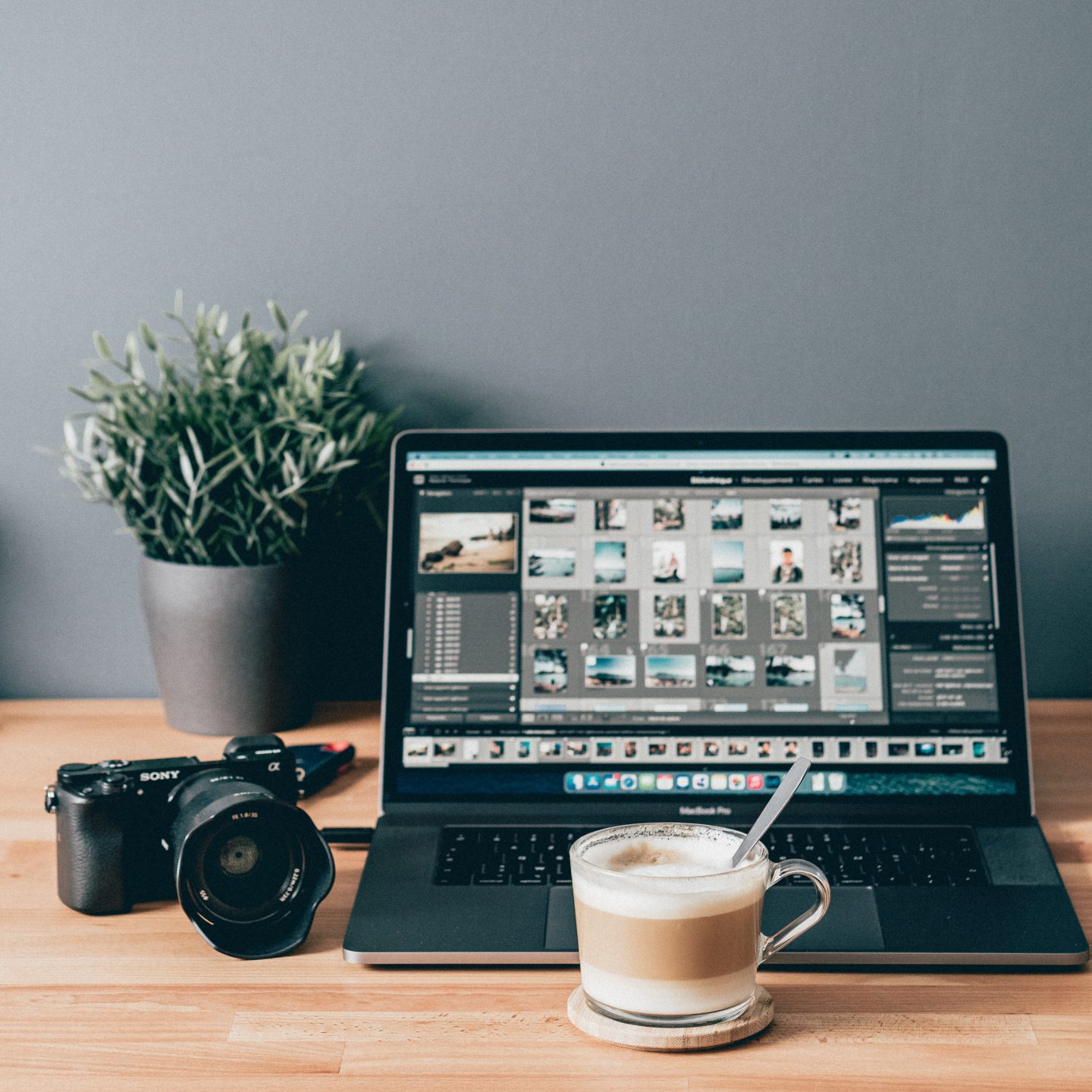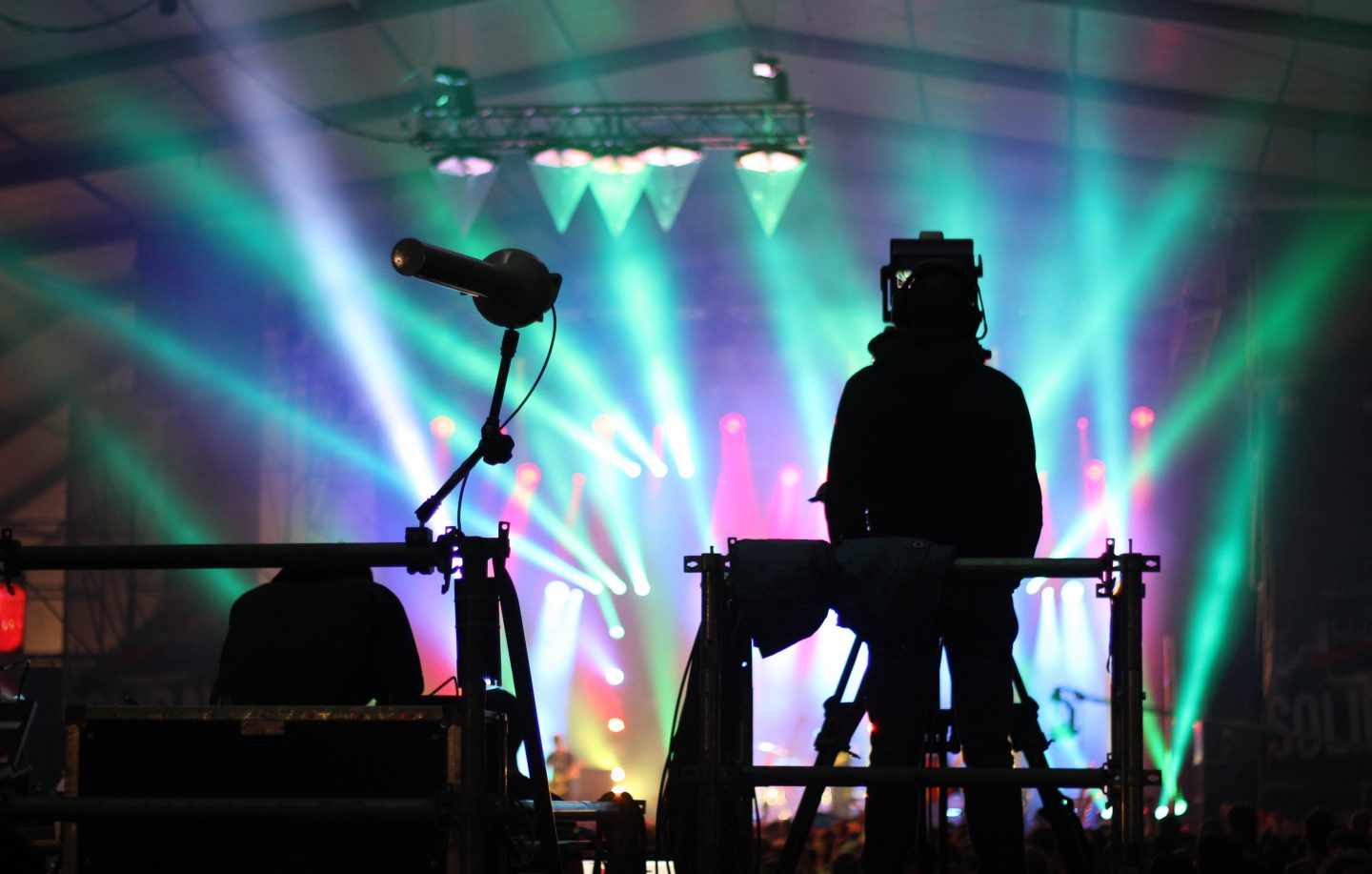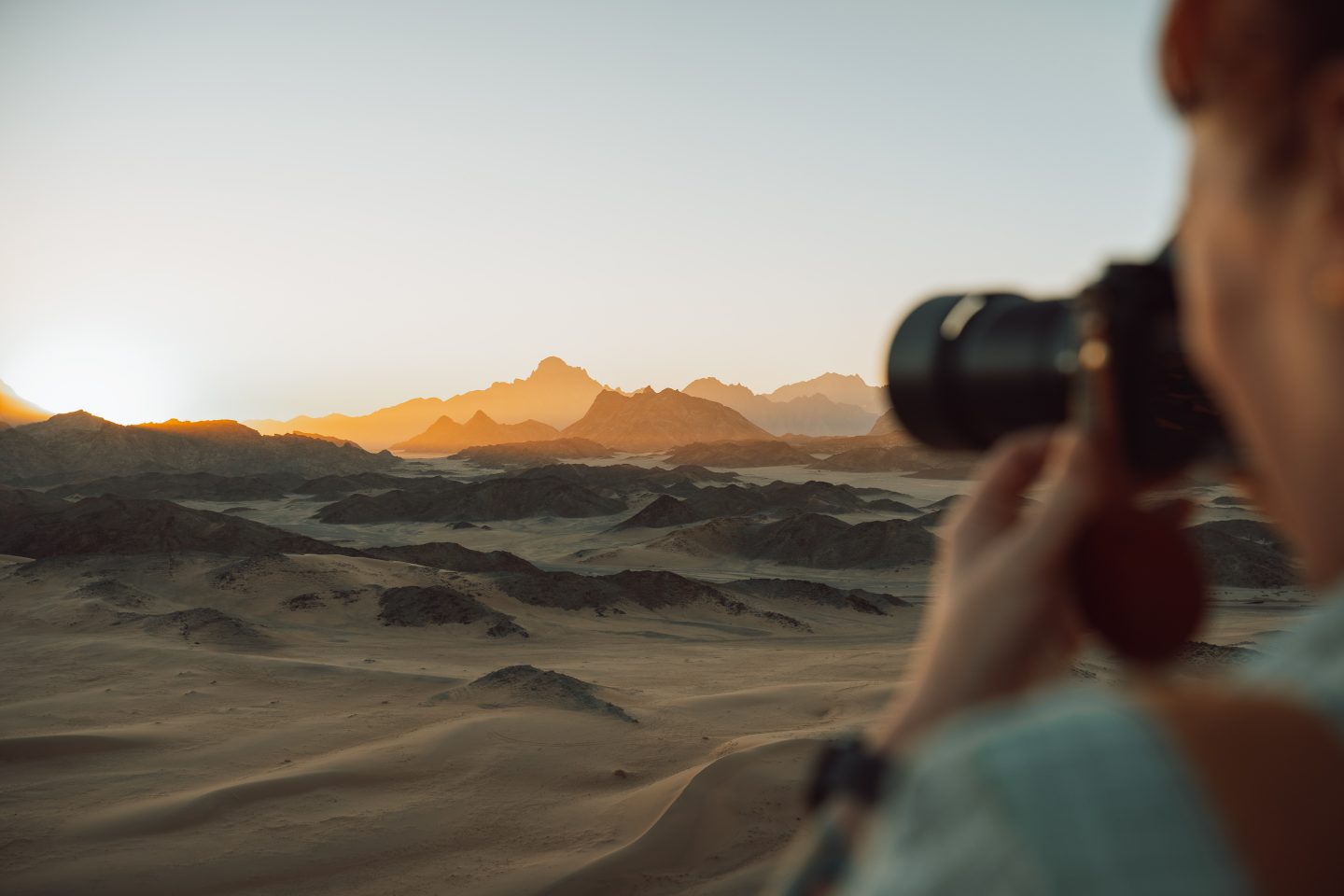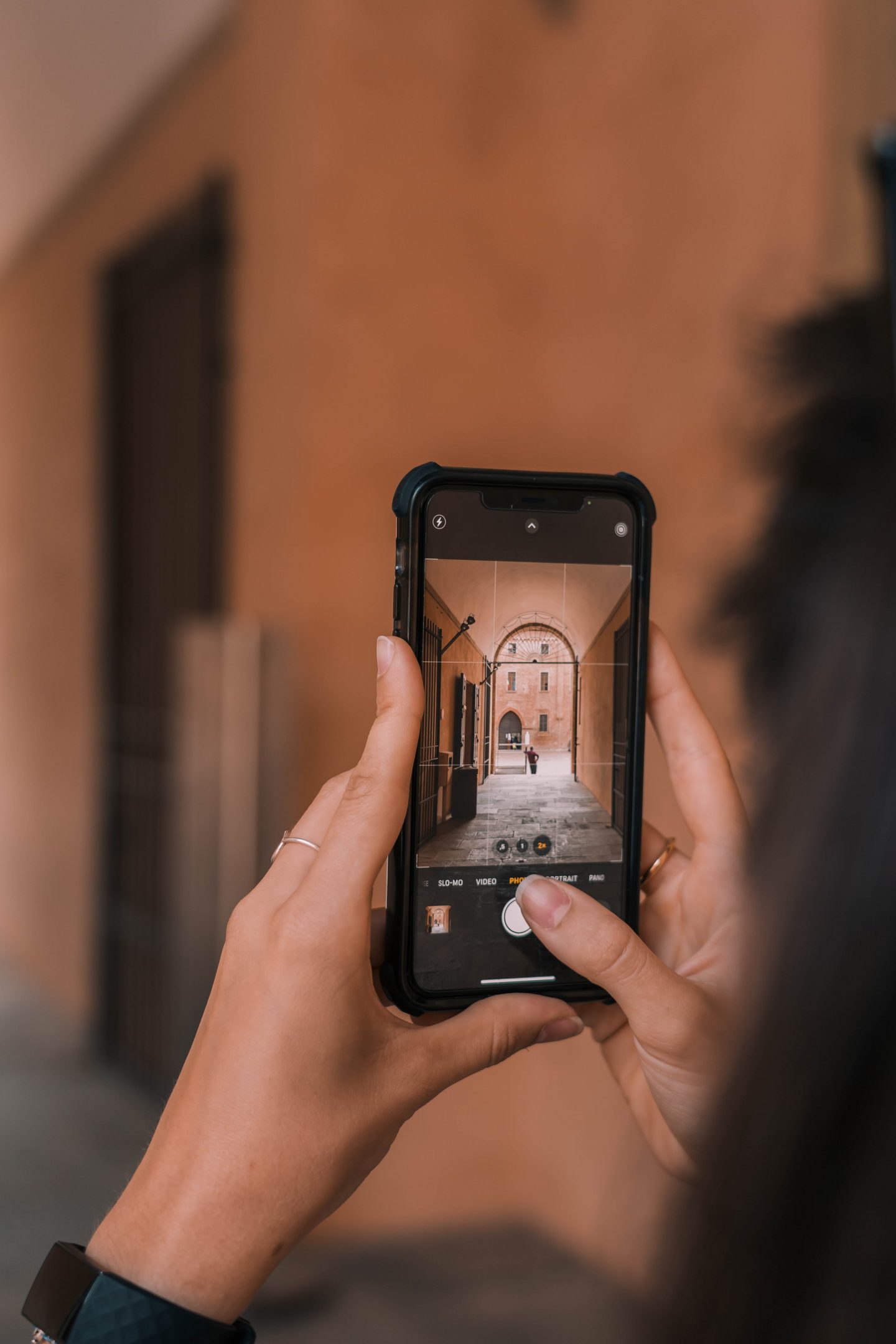Photography or videography is not just about capturing moments; it is also about creating compelling images or videos that captivate viewers. One of the key elements that can make or break a shot is composition. It refers to the arrangement of elements within the frame and how they interact with each other. By mastering the art of composition, you can enhance the visual impact of photos and videos that truly stand out.

Understanding the basic principles and elements of composition
Before diving into specific techniques, it’s important to have a solid understanding of the basic principles and elements of composition. These principles serve as guidelines to help you create visually pleasing and balanced images and videos, whereas the elements of composition interact with each other to create shots that are visually harmonious and engaging.
Lines play a crucial role in composition as they guide the viewer’s eye through the image. They can be straight, curved, diagonal, or even implied. By using lines effectively, you can lead the viewer’s gaze to the main subject or create a sense of movement within the frame. Shapes, on the other hand, provide structure and form to your images. They can be geometric or organic, and they help create visual interest and balance.
Colours, textures, and patterns add depth and visual appeal to your photographs and videos. It can even evoke emotions and set the mood, while textures and patterns can add a tactile element and create visual interest.

Framing: adding depth and context to your shots
Framing is a powerful technique that can add depth and context to your images. By using elements within the scene to create a frame around your subject, you can draw attention to the main focal point and provide a sense of context. This can be done by using natural frames such as doorways, windows, or tree branches, or by creating frames within the frame using architectural elements or objects.
Framing not only adds visual interest to your photographs but also helps create a sense of depth. It can create a layered effect, with the foreground, frame, and background working together to create a three-dimensional feel. Additionally, it can also provide context for your subject, giving viewers a better understanding of the story behind the image.

Rule of thirds for balanced and visually appealing images and videos
The rule of thirds is a fundamental principle of composition that can help you create balanced and visually appealing images and videos. According to this rule, the frame is divided into a grid of nine equal parts, with two horizontal and two vertical lines intersecting at four points. These points of intersection are called ‘power points,’ and they are where the main subject or points of interest should ideally be placed.
By placing key elements of your shots along these power points or along the grid lines, you can create a sense of balance and harmony. This technique helps avoid placing the subject dead centre, which can often result in a static and plain composition.
The rule of thirds is not a strict rule but rather a practical guideline that can be ignored when necessary. However, it is a good starting point for beginners and can help you develop a better understanding of composition.
Symmetry and patterns for creating visually striking compositions
Symmetry refers to a balanced arrangement of elements on either side of an imaginary line, resulting in a mirror-like effect. It can create a sense of harmony and orderliness in your shots. Look for symmetrical elements in your scene, such as architecture or reflections, and use them to create visually pleasing compositions.
Patterns, on the other hand, are repetitions of elements that create a visual rhythm in your images. They can be found in nature, architecture, or even everyday objects. By including patterns in your compositions, you can create images that are visually captivating and mesmerising. Pay attention to the scale and repetition of the patterns to create a sense of balance and harmony within the frame.

Negative space for using empty areas to enhance focus and impact
In photography or filmmaking, the empty spaces around the main subject are referred to as negative space. While it may seem counterintuitive to leave empty space in your composition, negative space can actually enhance focus and impact. By giving your subject room to breathe, you can create a sense of balance and emphasise its importance within the frame.
Negative space can also create a sense of minimalism and simplicity, allowing your subject to stand out and become the main focus of the image. It can evoke feelings of tranquility and solitude and create a sense of calmness in your photographs or videos.
When using negative space, the subject should be positioned in a way that creates a visual balance and interacts with the negative space. Remember, negative space is not just empty space; it is an integral part of the composition and should be used purposefully to enhance the visual impact of your shots.
Colour and contrast for utilising colour theory to create dynamic compositions
Colour is a powerful compositional tool that can elicit emotions and create a visual impact. Colour theory is based on the colour wheel, which consists of primary, secondary, and tertiary colours. Each colour has its own psychological and emotional associations, and by using them strategically, you can create images that evoke specific moods and feelings.
Contrast is another important element in composition that can create visual interest and impact. It refers to the difference between light and dark areas in your photograph. By incorporating contrasting elements, such as light and shadow or complementary colours, you can create images that are visually dynamic and engaging.
Breaking the rules: when and how to experiment with composition
While it’s important to understand and apply the basic principles of composition, it’s equally important to know when and how to break the rules. Sometimes, the most compelling images are created when you step outside the boundaries and experiment with unconventional compositions. Breaking the rules can result in unique and visually interesting images that capture the viewer’s attention.
However, breaking the rules should not be done blindly. It requires a solid understanding of composition principles, a clear intention behind your choices, and, of course, good camera equipment that captures true-to-life photos and videos. For beginners, the Sony A7III is a good entry-level mirrorless camera, whereas the Sony ZV-E1 is an excellent option for vloggers who want to create professional looking videos.
Experiment with different angles, perspectives, and compositions, and trust your instincts when it comes to creating visually unique and captivating images. Remember, the goal is not to break the rules for the sake of it but to create images and videos that are visually compelling and tell a story.
Mastering composition for visually appealing images and videos
Mastering the art of composition is a journey that requires practise, experimentation, and a keen eye for detail. Whether it’s using framing to add depth and context, following the rule of thirds for balanced compositions, or experimenting with symmetry and negative space, composition plays a crucial role in elevating the visual impact of your photography.
So go out there, explore different techniques, and push the boundaries of composition. Remember, there are no strict rules in art, only guidelines. Use them as a starting point, and then let your creativity take over. With time and practice, you will develop your own unique style and create photographs that truly stand out.
